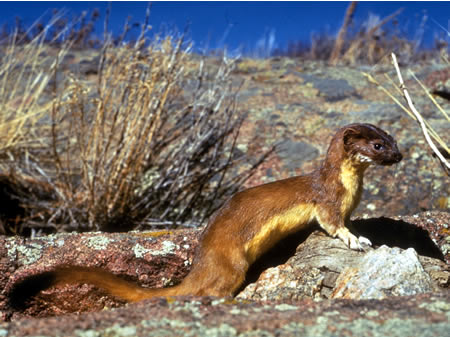Alright, dear readers, okay. the author has a soapbox to stand on and a bone to pick today: it has to do with fishing ethics and sustainability, and is remarkably un-funny (as opposed to the rest of BV’s posts which are , of course, hi-LAR-ious. ahem) . What does this have to do with the picture above you might ask? well, this photograph was published by the Guardian UK online on Saturday; it depicts a Somali fisherman hauling his catch to market in Mogadishu.
Quite aside from the sheer visual impact of this photo, with the ruins in the background and the somewhat blank expression on fisherman’s face, the photo is a visual reminder of the difference between fishing for sustenance–for survival– and for vanity, masking itself as tradition.
Let me backtrack a bit… ah… okay, yes. Here we go: shark fishing is an important aspect of both commercial and artisanal fishing in Somalia, and studies have not yet shown how dramatically this practice may effect the population of hammerhead, grey, and mako sharks in the area. Some would like to see even traditional shark fishing banned, in the interest of preservation. Truth be told, the author of BV has not done enough research to say whether she falls into this camp or not.
But she will say this; in comparison to the horrific commercial massacre of sharks that occurred in Somalia in 2008, in which thousands of sharks washed up on shore after having had their fins brutally lopped off by commercial fishermen, the artisanal practice of going to sea in small outboard-motorized vessels, and hand-carrying one’s catch to market, at least seems to even the playing field a bit. Would you want to trade places with this man? No. I she a damned sight more respectable than the consumers who like to consume shark fins because.. oh, why was that again? oh, yes, because it helps float their peckers and demonstrates their wealth?
The answer, dear readers, is YES.
Further reading: A grassroots organization in Hong-Kong Boycotts the traditional banquet dish of shark fin soup. HUZZAH for grassroots advocacy.











